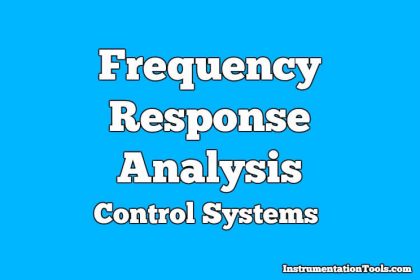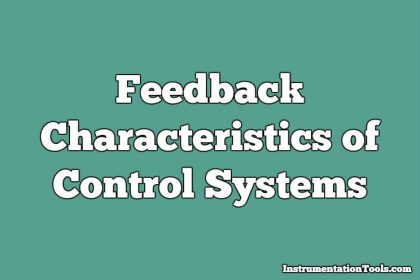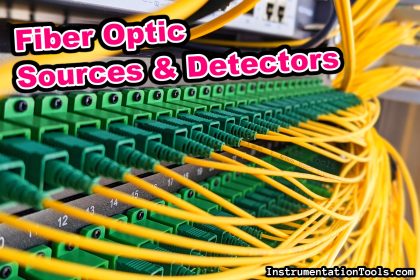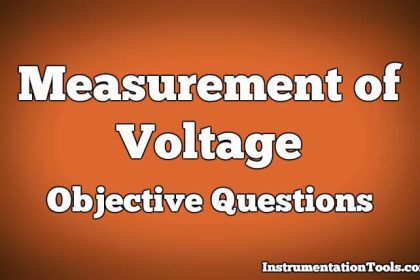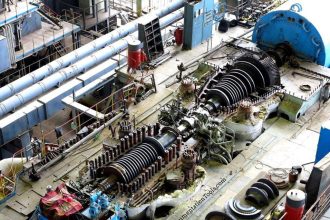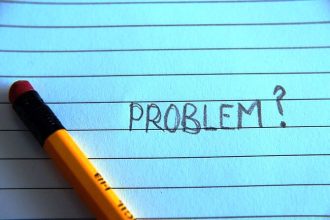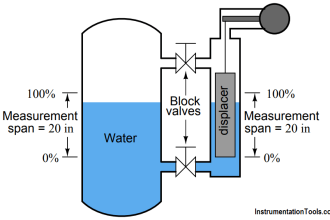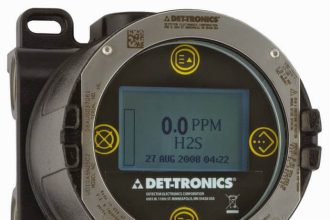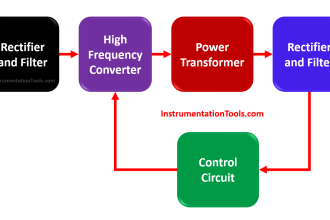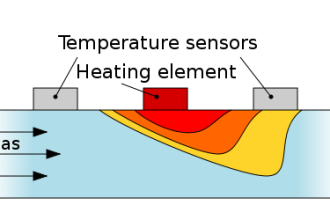Temperature and Humidity Objective Questions
1. To obtain the most accurate temperature record for the range 100° to 150°F, the filled thermal system elected would be:
a. Class I
b. Class II
c. Class III
d. Class V
Answer: a
2. A resistance thermometer would be chosen because of:
a. Ability to measure high temperatures
b. Economy
c. Higher accuracy
d. Simplicity
Answer: c
3. Thermocouples are often chosen because of:
a. High accuracy
b. Ability to measure high temperatures
c. Economy
d. Ability to measure an extremely narrow span of temperature
Answer: b
4. The Class II ( vapor-pressure thermometer employs a nonlinear scale because:
a. It is easier to read
b. It may be ratioed to flow measurements
c. The vapor pressure curve is nonlinear
d. The mechanism employed causes nonlinearity
Answer: c
5. Which filled thermal system, or systems, would you select for measuring the room temperature in your house
a. Class I
b. Class II
c. Class III
d. Class V
Answer: a
6. A Class IIIB (gas-filled) system employs a large bulb to:
a. Minimize the ambient effects on the connecting capillary
b. Obtain the optimum dynamic performance
c. Make a maximum bulb area available for measurement
d. Reduce the power produced in the element
Answer: a
7. A temperature range between 300 °F and 310 F° or 149°C to 154°C must be measured with the greatest possible accuracy. The best choice of the system would be:
a. A copper-constant at thermocouple
b. A copper RTD
c. A nickel RTD
d. A Class lA filled thermal system
Answer: c
8. A hair element is used because of it :
a. Measures absolute humidity
b. Is the most accurate type of humidity measurement
c. Is simple and inexpensive
d. Measures dew point
Answer: c
9. A lithium chloride element is usually calibrated to read:
a. Relative humidity
b. Wet bulb temperature
c. Absolute humidity
d. Dewpoint
Answer: d
10. Lithium chloride is used because of a
a. It is nonpoisonous
b. It is inexpensive
c. It is extremely hygroscopic
d. It does not corrode the equipment
Answer: c
11. When a wet and dry bulb psychrometer is read to determine relative humidity:
a. The dry bulb will read lower than the wet bulb
b. The two thermometers may read the same
c. The wet bulb will read lower than the dry bulb
d. A formula may be employed to relate the wet bulb reading to relative humidity
Answer: c
12. The purpose of using extension lead wires that have the same thermoelectric characteristics as the thermocouple is to:
a. Prevent corrosion at all junctions
b. Extend the reference junction back to the instrument
c. Prevent creating an unwanted reference junction
d. Make the thermocouple system operate in standard fashion5
Answer: b
13. Relative humidity is:
a. The moisture present in a body of air expressed as a percentage of saturation at the existing temperature
b. The moisture in a body of air, in grams per cubic meter
c. The temperature at which moisture will condense from a body of air
d. The ratio of actual moisture in a volume of air to the moisture that would exist at optimum comfort in a similar volume
Answer: a
14. A psychrometer is :
a. A hair element instrument
b. A “wet and dry bulb” humidity instrument
c. An instrument that senses psychological disturbances
d. An instrument that reads directly in dew point
Answer: b
15. A hygrometer is
a. Convenient for measuring specific gravity
b. An instrument that measures gas weight
c. Any instrument that measures moisture content
d. Another name for psychrometer
Answer: c
16. A certain thermocouple as a specified time constant of 2 seconds If the process temperature changes abruptly from 800° to 900 °C, the temperature read out on the indicator attached to the thermocouple after 6 seconds elapse will be approximately:
a. 860°C
b.835°C
c. 900°
d. 895°C
Answer: d
17. The air velocity past the sensors of a “wet and dry” bulb instrument should be:
a. 50 feet per second, minimum
b. 2 metres per second, maximum
c. Approximately 4.6 metres per second
d. Any value
Answer: c
18. The advantage of using a three-wire cable to connect an RTD to its associated instrument is that:
a. Reference junction errors are eliminated
b. The effect of ambient temperature on the cable will be minimized
c. Potential failures will be minimal
d. Resistance in the external circuit is reduce
Answer: b
19. A thermocouple instrument has an input resistance of 50,000 ohms and is used with an IC Type J couple. The lead wire is #18 gauge, 120 feet long. What is the approximate error contributed by the lead wire?
a. ± 5.0 percent
b. ± 0.5 percent
c. ± 0.05 percent
d. ± 0.1 percent
Answer: c
20. The difference between an RTD calibrated to the NR 226 curve and one calibrated to the NR 227 curve is:
a. A different resistance-to-temperature relationship
b. Nonexistent
c. Greater accuracy with the NR 226 curve
d. Greater accuracy with the NR 227 curve
Answer: b
